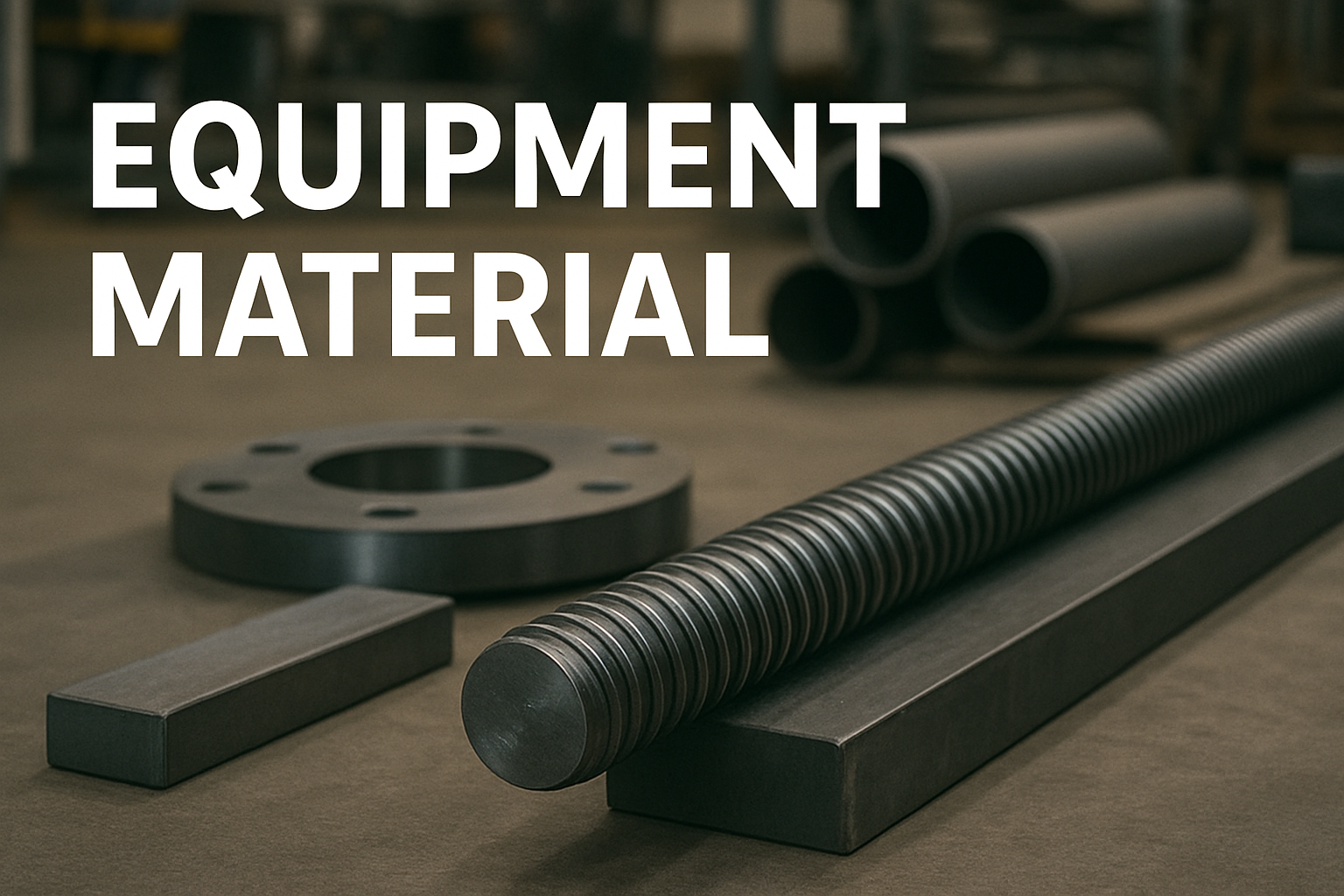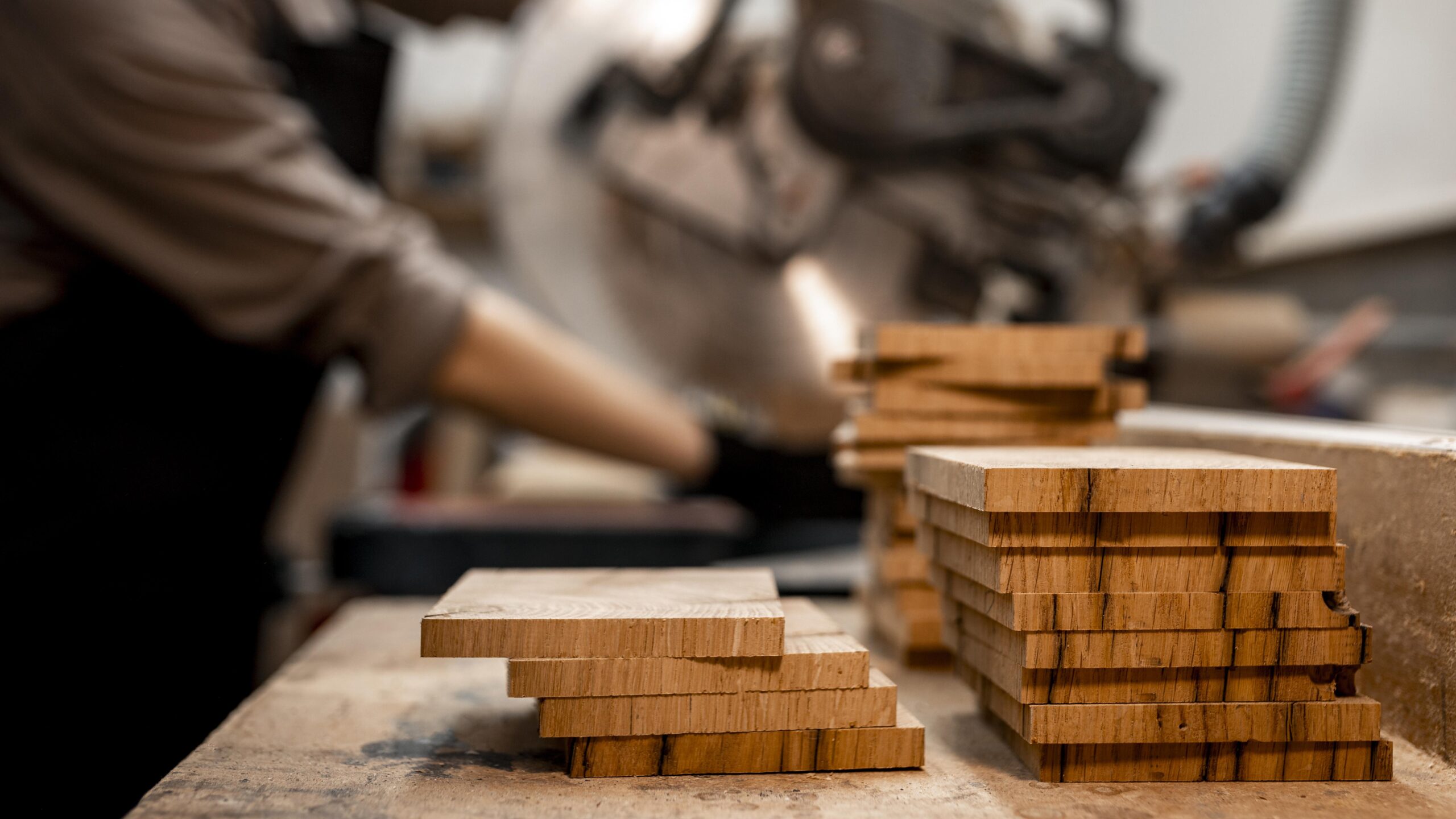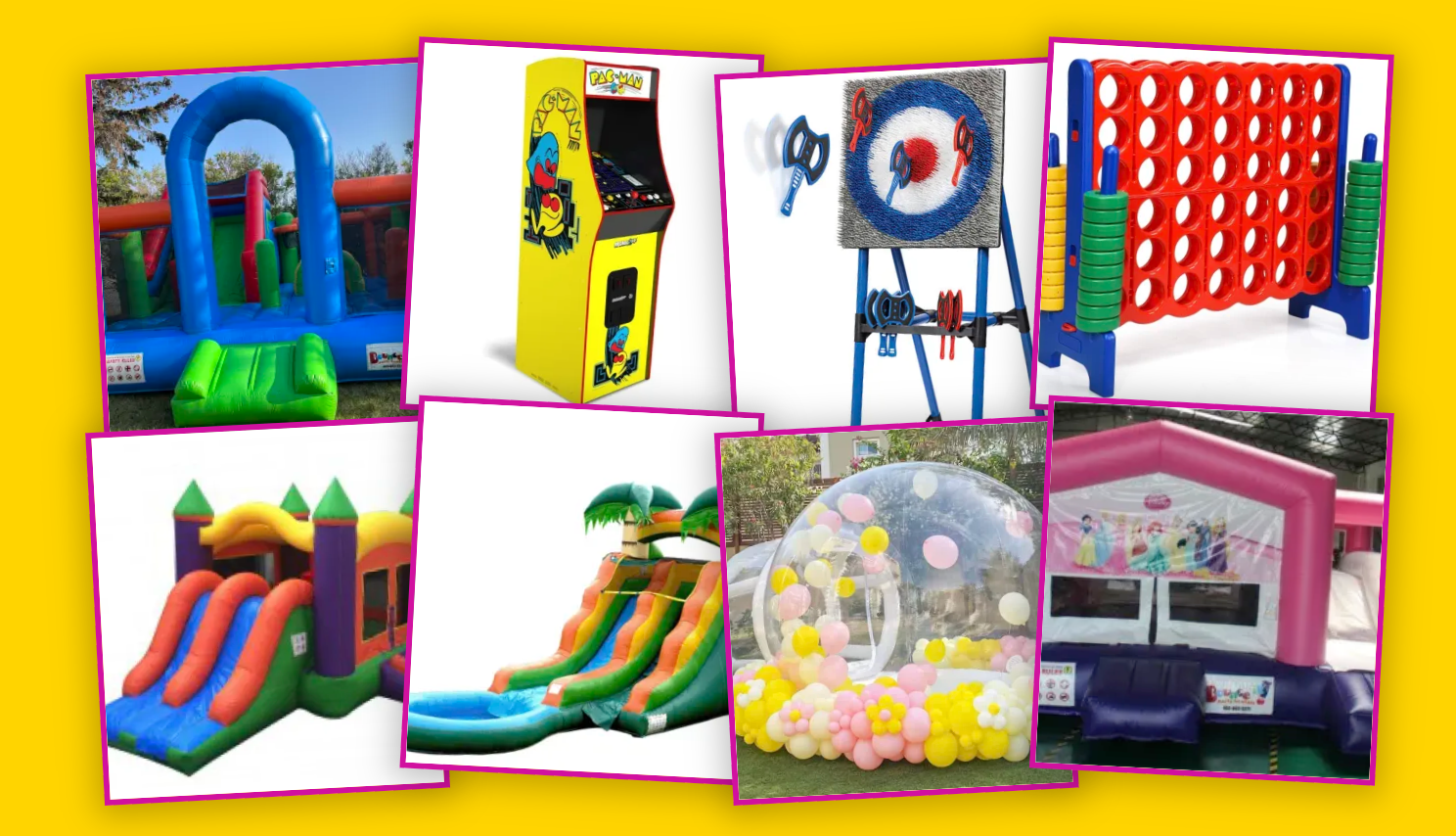Ever had that sinking feeling when your shiny new machine breaks down mid-project? Or worse, when you realise the equipment material you picked can’t handle Malaysia’s heat, humidity, or sheer workload?
If you’re working on a big project, choosing the right equipment material isn’t just a “tick the box” moment. It’s about ensuring your investment lasts. And if your plan involves heavy-duty automation—like an automatic palletizer machine—you can’t afford to get it wrong.
So, how do you pick the one that won’t let you down? Let’s break it down below.
8 Steps to Identify the Most Reliable Equipment Material
- Step One – Know What You’re Really Working With
When people choose equipment material, they often get distracted by shiny finishes or fancy brochures. But here’s the truth—materials perform differently in Malaysia’s environment.
Consider These Three Big Factors:
- Temperature resistance – Will it survive the warehouse in August without warping?
- Moisture tolerance – Can it handle humidity without rusting into an expensive paperweight?
- Load capacity – Especially for an automatic palletizer machine, can it carry weight without buckling?
You wouldn’t wear flip-flops to climb a mountain. The same logic applies here.
- Step Two – Think Long-Term, Not Just “Right Now”
Yes, that cheaper steel might save you a few thousand ringgit today. But in two years, when it’s corroded and your machine is down, you’ll wish you went for better quality.
Why Durability Beats Bargain Hunting?
The equipment material you choose should be able to handle consistent use. Especially with automation like an automatic palletizer machine, every moving part depends on the integrity of that material. Short-term savings can turn into long-term headaches.
- Step Three – Understand the Industry Standards
Here’s where people either get bored or get smart. The difference? Asking the right questions.
- Does your chosen equipment material meet Malaysian industrial safety standards?
- Has it been tested for mechanical strength?
- Is there documentation to prove it?
If the supplier’s answers feel vague, treat that as a warning sign. A reliable provider will always have proof.
- Step Four – Test Before You Commit
Would you buy a car without a test drive? Exactly.
Practical Testing Ideas:
- Prototype trial – Test a small piece before buying in bulk.
- Load simulation – See how it reacts under actual work conditions.
- Maintenance check – Ask how easy it is to service and repair.
For something as vital as an automatic palletizer machine, a hands-on check can reveal flaws you’ll never spot in a brochure.
- Step Five – Get Expert Input
Even if you’ve been in the industry for years, a second opinion can save you from expensive mistakes.
Companies like Buildtech System often consult on the best equipment material for specific project requirements. A quick chat with an expert can highlight risks you never considered.
- Step Six – Calculate the Real Cost of Ownership
A lot of decision-making goes wrong here. People look at purchase price only and ignore maintenance, downtime, and replacement costs.
If you’re investing in automation like an automatic palletizer machine, think about:
- The cost of regular servicing.
- How quickly spare parts are available.
- The likelihood of breakdowns with your chosen equipment material.
Sometimes, spending more upfront means saving more over the machine’s lifespan.
- Step Seven – Keep an Eye on Technology
Industrial equipment is evolving faster than you can say “maintenance bill.” New equipment material composites are stronger, lighter, and more corrosion-resistant than older options.
If your supplier only offers the same materials they did five years ago, that’s a red flag. You don’t want yesterday’s tech in tomorrow’s project.
- Step Eight – Factor in Maintenance Skills
Even the best equipment material needs care. But here’s the thing—maintenance teams have varying skill levels. If the chosen material requires specialised tools or rare expertise, you might face delays and higher costs.
For example, an automatic palletizer machine built from uncommon alloys may need certified technicians for even minor repairs. That means more downtime, which eats into productivity.
So when picking your material, ask yourself: can your current team handle it, or will you be calling in outside help every time something wears down? The best choice balances performance with ease of upkeep—because no one enjoys paying for preventable repairs.
Key Points to Remember
- Match your equipment material to Malaysia’s climate and your workload.
- Don’t skimp on quality—long-term savings matter more.
- Always check for industry standards and proof of testing.
- Test before bulk purchase, especially for machines like an automatic palletizer machine.
- Consider expert consultation for complex projects.
- Look at the total cost over the material’s lifespan, not just purchase price.
- Stay updated on new material technology.
Conclusion
If you approach your decision with these steps, you’ll avoid the pain of frequent repairs and wasted budgets. Choosing the right equipment material is more than a purchase—it’s a project’s safety net. And for automation-heavy work, from conveyors to the automatic palletizer machine, that choice can mean the difference between smooth production and production nightmares.
FAQs
1: How do I know if my equipment material is suitable for Malaysia’s climate?
Check for corrosion resistance and high-temperature tolerance in the manufacturer’s specs. Humidity and heat can damage unsuitable materials quickly.
2: Is it worth investing in premium material for an automatic palletizer machine?
Yes. A palletizer works under constant load, and high-quality material prevents costly breakdowns.
3: Can I replace equipment material mid-project if I made a bad choice?
It’s possible, but costly. You may need to re-engineer parts to fit the new material.




